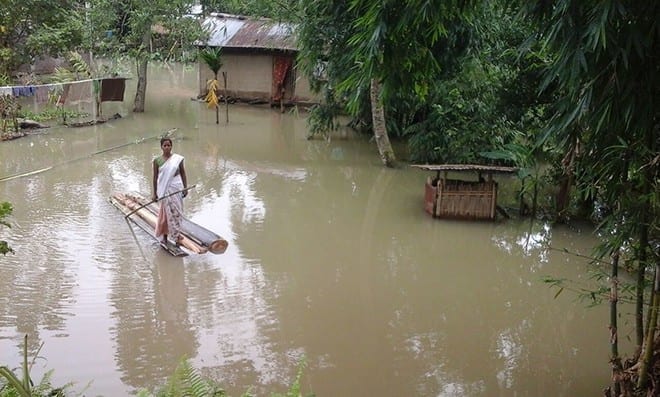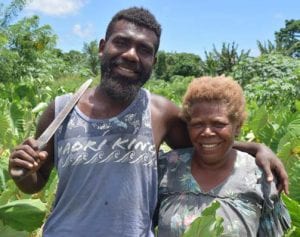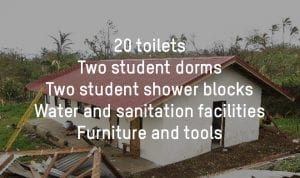
A young woman receives food aid at the Bulakhali camp in Bangladesh, where 13,500 people are seeking humanitarian assistance. Oxfam plans to assist more than 200,000 people with emergency support. Photo: AJM Zobaidur Rahman/Oxfam
Oxfam is responding with water, sanitation, and other essentials
Half a million people have arrived in Bangladesh from Myanmar since August. This unprecedented influx of refugees in a short period of time has led to a large and escalating humanitarian crisis.
The camps are not equipped to handle the surge of people. More than 70 percent of the at least 501,000 refugees are without adequate shelter, and half of them have no safe drinking water. They are in need life-saving assistance including clean drinking water, sanitation, and hygiene, and essential food and emergency supplies.
Working with local partners NGO Forum for Public Health and Coast Trust, Oxfam has reached more than 100,000 people with clean drinking water, portable toilets and sanitation facilities, and food including rice, sugar, and fortified biscuits. We are also working with the government and other agencies to make sure that new refugee camps are designed to meet humanitarian standards.
Here, you can see the conditions in which refugees in Bangladesh are living.

Photo: Tommy Trenchard/Panos
Balukhali camp in southern Bangladesh is now home to thousands of refugees.

Photo: Tommy Trenchard/Panos
Men drill for water in Balukhali camp.

Photo: Aurélie Marrier d’Unienville
A group of girls collect drinking water for their families from a pump in Balhukali camp.

Photo: Aurélie Marrier d’Unienville
A father carries his son across a broken bamboo bridge at the edge of Balhukali camp in Bangladesh. Three days of heavy rains have flooded many of the areas where refugees had set up temporary shelters, forcing them to move to higher ground.

Photo: Aurélie Marrier d’Unienville
A Rohingya man carries a bag of food aid.

Photo: Oxfam
Mahmud, 65, is staying in a new settlement at Cox’s Bazar. He has been in Bangladesh for two weeks, but this is the first time he could use a latrine.
In total, we are planning to reach more than 200,000 people. To help us reach them, and other vulnerable people affected by disasters, please donate to our Disaster Response Fund today.



















